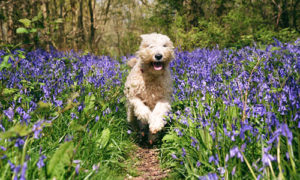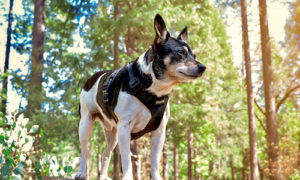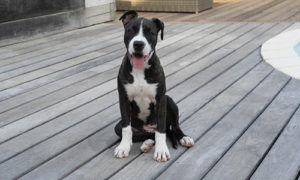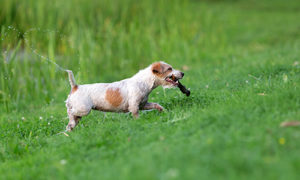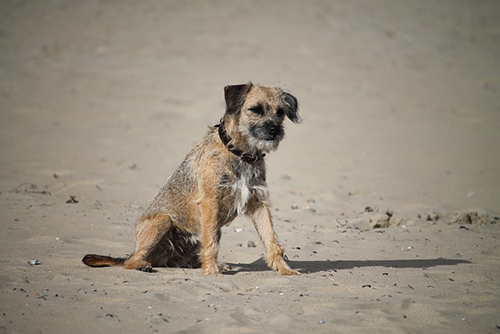
The Border Terrier is a working terrier that originally comes from the border country between England and Scotland. It is a game, active breed that’s fully capable of keeping up with a horse and expected to go to ground to follow a fox. They formed the Border Terrier Club in 1920, the same year in which the breed gained English Kennel Club recognition.
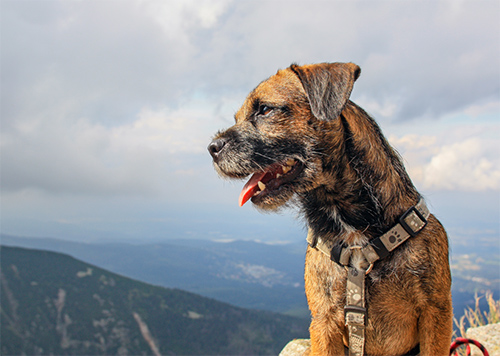
The head of this dog is like an otter, the eyes dark, with a strong expression, the V-shaped, discreetly thick ears dropping forward close to the cheek. They specify no height for the Border Terrier in the English Kennel Club’s breed standard. However, the weight can range from 13 to 15 pounds. Height is 12-15 inches. Also, this breed loves to work and is a loyal companion but requires patient, steady handling.
Border Terrier Breed Facts
Temperament: The Border Terrier is an inquisitive, intelligent, and very affectionate breed, all while maintaining the customary determination and hardiness of the breed standard. Also, their personality allows them to get along with cats and other dogs. However, first-time introductions will need supervision.
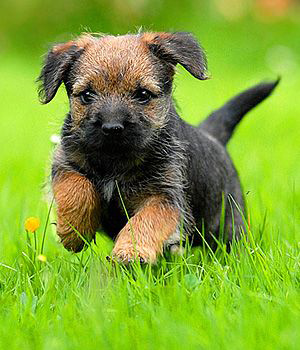
Activity level: modest to intense. These dogs’ energy and stamina are legendary. The traits are reminiscent of the breed. They require daily activity; however, they need plenty of exercise on a lead or within a fenced yard. Also, they like to run after small animals. You will need a reinforced fence to prevent them from burrowing underneath.
Grooming: It is advisable to brush them weekly. Its wire coat will need stripping at least two times a year to maintain its harsh, protective texture.
Size: 12–15 inches; males—13–15 pounds; females—11–14 pounds
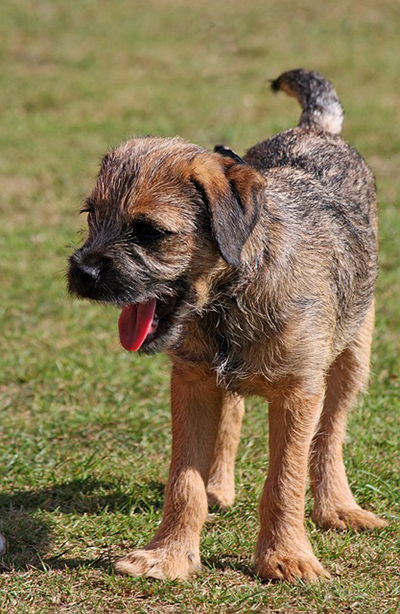
Coat: The Border has a wiry outer coat with a short, dense undercoat
Color: These dogs are red, grizzle and tan, blue and tan, and wheaten
Life expectancy: 12–15 years
Group: They recognize The Border Terrier as a member of the AKC and UK terrier Group
You must research the breed carefully before buying a dog. The Border Terrier is an excellent companion dog; however, it is not for everyone. For instance, owners of this dog need to know that they have a propensity to shed, bark, and dig. It would be wise to join a local breed club, which is a good way to converse with other breed enthusiasts. It is a good way to learn all there is to know about training and care.

